
An anti tear conveyor belt is made up of special steel wire rope as a longitudinal frame and a covering layer made of a tough and tear-resistant rubber. The belt can transport more materials and has a long service life than regular canvas belts. This type of belt can also withstand ozone and ultraviolet aging.
A tear resistant conveyor belt is an essential piece of conveyor equipment for most heavy-duty mining applications. The belt has to be able to withstand the heavy weight and sharp materials in its path. To do so, it should be reinforced with steel wire, fiber rope or fabric. Moreover, the reinforcement is placed vertically to the longitudinal steel cord, ensuring its good impact resistance.
A weft-reinforced anti-tear belt is made for industries such as coal, port, metallurgy, steel, and chemical. The steel cords used to reinforce the belt are highly extensible. It also has a low overall thickness, making it suitable for high-speed, large-volume transportation of materials.
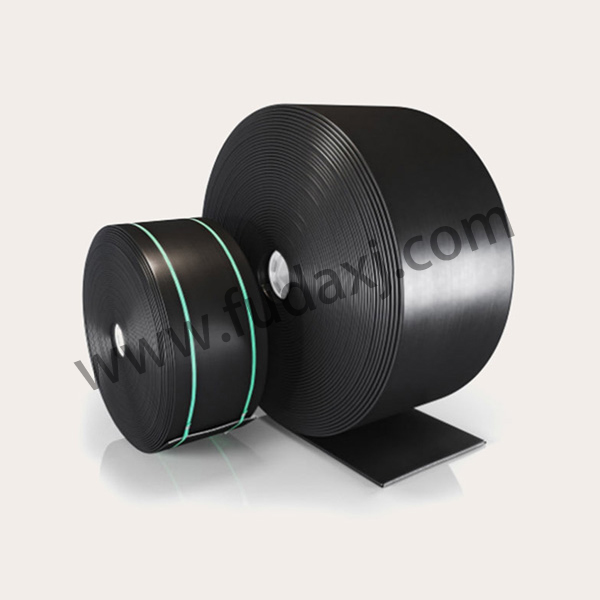
To test the resistance to tearing, conveyor belts must pass the ISO 505:2017 test method. ISO 505:2017 measures the resistance of textile conveyor belts to initial tear propagation. The test is performed by causing two cut-ends of belting to be mounted in jaws. Once the cut-ends are squeezed apart, the belt is tested for tensile strength by pulling them apart in opposing directions.
Another way to test a conveyor's ability to resist tearing is to use an anti-tear detection rod. These are installed inside the feed opening and can give an alarm when there's foreign material blocking the opening. This prevents the belt from being ripped by the pieces of iron or large blocks.
Anti-tear detection rods are composed of a 1 or 2-metal reflective material. They have an internal layer that absorbs light and an outside layer of light. They come with a mounting bracket and eight detection probes. These are easy to use and maintain. Using this tool can help increase the efficiency of your production line.
Another method of preventing belt breakage is to control the source of materials. Impurity removal equipment and cleaning bulk materials can reduce the chances of contamination by foreign matter. Additionally, increasing inspection frequency can ensure timely discovery of problems. If you're using a belt conveyor, check it regularly to ensure it's working properly.
 English
English 简体中文
简体中文 Español
Español عرب
عرب
 English
English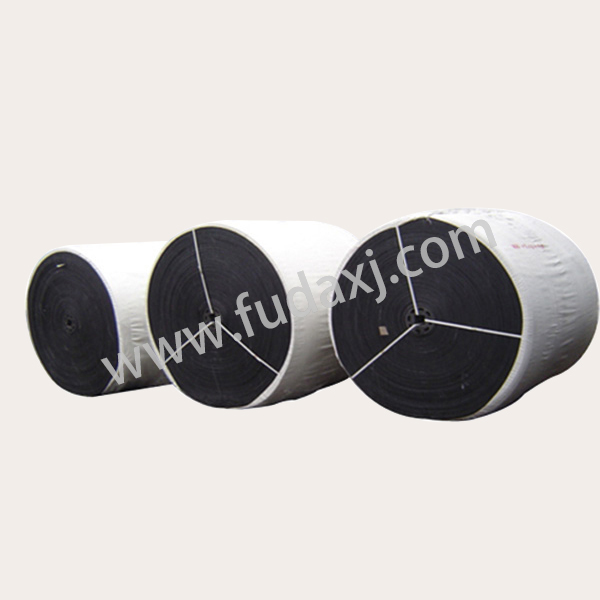
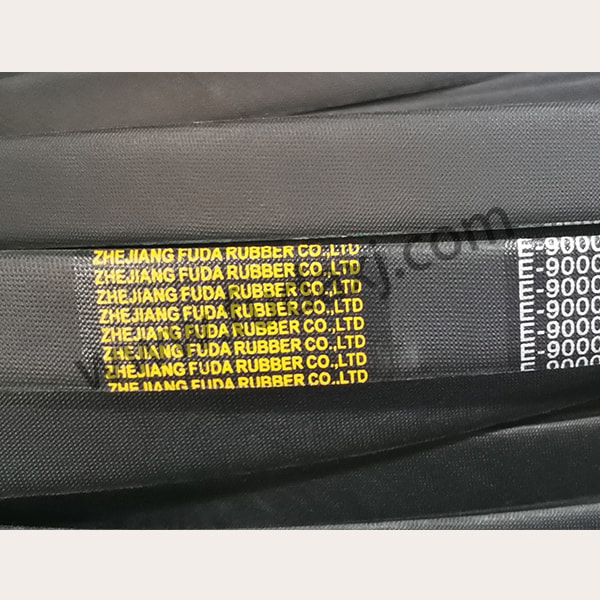
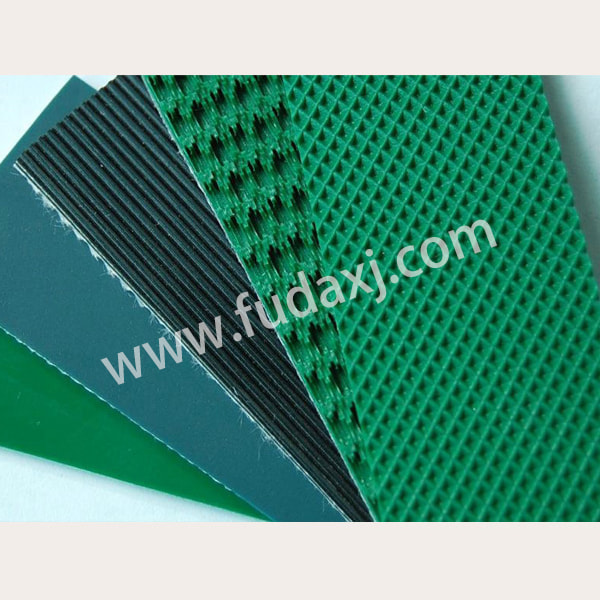

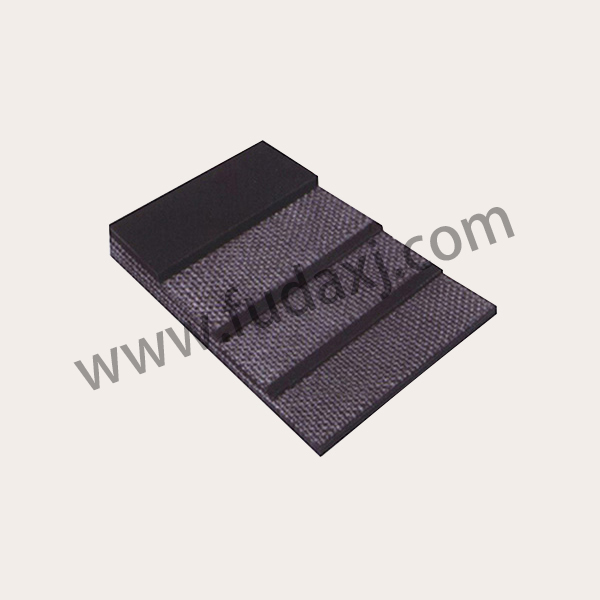

 Fax: 0086-576-83019528
Fax: 0086-576-83019528